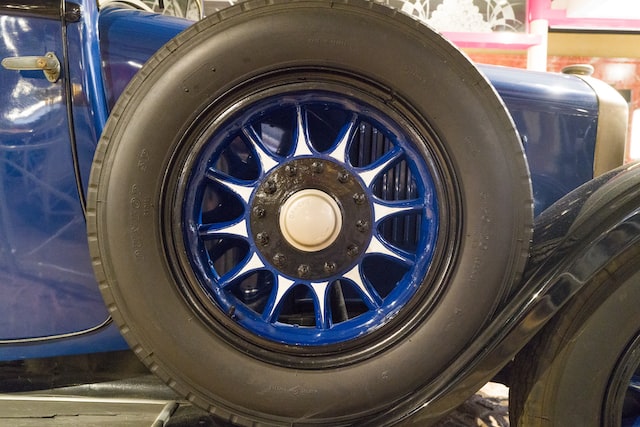It’s smart to keep a spare tire in your car, as this ensures you are prepared for any situation. With a spare tire on hand, you can swap out a flat and have a mobile tire service come to you. But some familiar and common tire issues can affect spare tires just like they affect the tires you are actively using. And with spare tires, there’s the extra concern of them sitting in storage and out of mind for years.
Tire Inflation
One of the most common tire issues with spares is tire pressure. Compact spare tires will usually have an ideal inflation of about 60 psi (pounds per square inch). Keep in mind that this is different from the ideal pressure for your regular, full-size tire.
The issue is that your tires lose pressure over time. This happens as the air permeates the rubber. Unfortunately, underinflated tires don’t handle as well. And if they are severely underinflated, they won’t be able to carry as much weight as a fully inflated tire would.
Tire pressure (All about tire pressure) is a concern for all tires on your car, but you (hopefully) check your tire pressure on the active tires at least once a month. And your mechanic will check the pressure during rotations and other routine maintenance. But you aren’t likely to check the pressure of your spare, and there’s no guarantee your mechanic will do so either.
What to Do to Avoid the Problem
The best way to avoid this one of the common tire issues is to check the pressure of your spare twice a year at a minimum. You can also ask your mechanic to do so for you.
Extra Concerns for Exterior-Mounted Spares
While inflation is the biggest of the common tire issues for spares in general, there are some extra concerns if your spare is mounted on the exterior of your car. This is especially common on trucks and SUVs.
The biggest issue here is that the tire will be exposed to water, snow, salt, dirt, and other substances. This can lead to corrosion. You may find it harder to remove the

